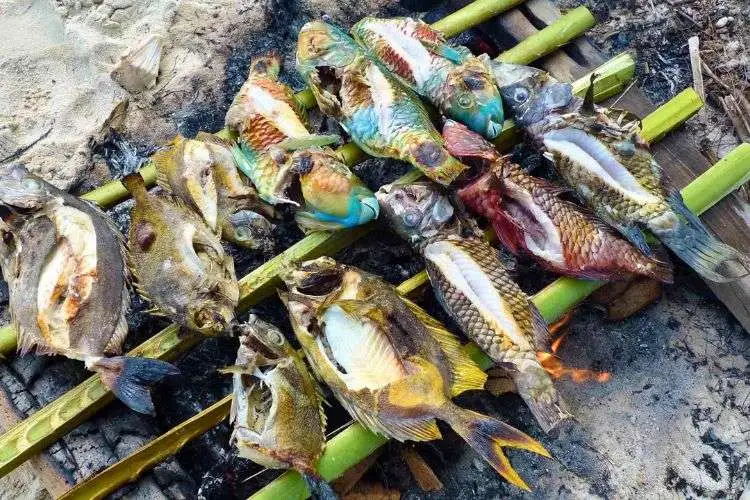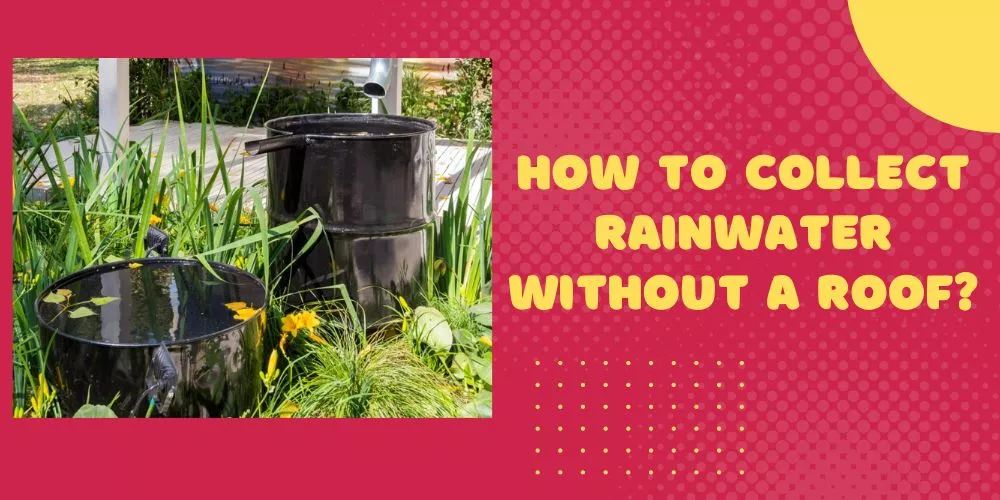Finding yourself stranded on a desert island brings forth the ultimate test of survival, where knowing what not to eat becomes as crucial as finding what you can safely consume.
So, do you know what not to eat on a desert island?
This guide dives deep into the substances and sources of nutrition that should be avoided at all costs, elaborating on the necessity of informed foraging and hunting in such dire scenarios.

The Critical Role of Nutrition in Survival
Survival hinges not just on the will to live but equally on the nourishment that fuels this will. Adequate nutrition is indispensable in maintaining the vitality required to undertake survival tasks, from building shelters to scouting for rescue signals.
However, the limitation of resources in a deserted landscape introduces significant challenges in obtaining balanced meals, emphasizing the importance of discerning potentially harmful foods.
What Not to Eat on a Desert Island?
In the wilderness, appearances can be deceiving. Many a resource, whether flora or fauna, may promise sustenance but deliver poison.
Toxic Flora: Nature’s Deceptive Beauties
Many plants, though lush and inviting, harbor toxins that deter predators. For the stranded, the risk of ingesting poisonous plants is high.

Features such as milky sap, bitterness, and a resemblance to known dangerous plants serve as red flags.
The sap test, where plant juices are applied to the skin to check for irritation, offers a rudimentary screening method. However, it’s far from infallible, as some toxins manifest their effects internally without triggering a noticeable external reaction.
Venoms and Poisons in the Animal Kingdom
The animal inhabitants of desert islands can present both an opportunity and a risk. Creatures, particularly those in marine environments like certain jellyfish or amphibians with vibrant skin, often contain toxins as a defense mechanism against predators.
The allure of easy prey can quickly turn into a survivalist’s nightmare upon ingesting these poisonous beings.
The Fishy Side of Seafood
Fish might seem like a salvation for the protein-starved stranded. Yet, species such as the pufferfish harbor tetrodotoxin, potent enough to kill an adult human.

Sharks and other large fish may carry harmful bacteria and parasites, rendering them dangerous if not properly prepared.
The Quest for Safe Hydration
Water, the essence of life, can ironically become a source of peril if consumed from the wrong sources. Sea water, brackish with salt, accelerates dehydration.
Stagnant water risks contamination with pathogens. Opt for rainwater or water from moving streams where possible, and prioritize boiling to eradicate possible contaminants.
Food Handling and Consumption Best Practices
Ensuring Safe Consumption Through Proper Preparation
The way food is prepared can significantly mitigate the risks associated with potentially hazardous foods. Cooking, particularly boiling, is a fail-safe method to neutralize many pathogens and parasites present in raw foods.
Even so, extreme care must be taken to ensure foods are cooked uniformly, without parts left undercooked.

Spotting Spoilage and Pathogenic Presence
Even the most promising food sources can turn deleterious once spoiled. Odors, discolorations, and textural changes are primary indicators of spoilage.
When in doubt, the prudent choice is to err on the side of caution and dispose of questionable food items to avoid the crippling effects of foodborne illnesses.
Alternatives in the Wilderness
Despite the numerous hazards, the desert island is not devoid of safe, nourishing options. Edible plants, once properly identified, can provide essential vitamins and minerals. Insects, albeit less appealing, are rich in proteins and fats.
Fish and certain marine invertebrates, when correctly identified and prepared, embody invaluable protein sources.
The Dangers of Overconsumption and Malnutrition
The balance between overconsumption and malnutrition is delicate, especially in survival situations. Overindulging in available food sources might lead to gastrointestinal distress or exacerbate dehydration, particularly with high-protein or fiber-rich foods.

Conversely, consuming too little, or lacking variety, risks malnutrition—your body may not get the essential nutrients needed for energy, repair, and immune function.
Achieving a balanced diet on a desert island entails utilizing all accessible food groups: proteins (fish, insects), carbohydrates (fruits, tubers), and fats (seeds, some fish), in moderation.
Identifying a variety of edible plants and animal sources is crucial. This approach ensures a sustainable intake of essential vitamins, minerals, and energy, critical for survival and maintaining health until rescue.
Food Preservation on a Desert Island
On a desert island, preserving food is vital. Drying, by laying foods under the direct sun, effectively dehydrates and inhibits bacterial growth.
Smoking, using a small fire, not only adds flavor but extends the shelf life of fish and meats through the antimicrobial properties of smoke.
Frequently Asked Questions (FAQs)
How Can I Safeguard My Water Supply on a Desert Island?
Boiling is the most effective method to purify water. Collect rainwater or source from streams when possible, avoiding stagnant or salty sources.
Are There Universal Indicators of Plant Toxicity?
While some traits like milky sap suggest toxicity, not all poisonous plants exhibit these features. It’s essential to learn about local flora and proceed with caution.
What Basic Survival Tools Are Essential for Food Preparation?
A sturdy knife, a boiling pot for water and cooking, and a local wildlife guidebook are indispensable for safe food identification and preparation.
u003cstrongu003eIs It Conceivable to Survive on Plants Alone on a Desert Island?u003c/strongu003e
While challenging, survival on plant-based sources is possible with adequate knowledge of edible varieties. However, diversifying one’s diet with available proteins enhances nutritional balance.
How Do I Minimize Risks When Unsure About Food Safety?
Employ the universal edibility test for plant foods and avoid animal and fish species known for toxicity. In situations of uncertainty, it’s safer to forego consumption.
Conclusion:
In the unforgiving environs of a desert island, the knowledge of what not to consume is as valuable as the skills to procure what is safe.
Awareness, preparation, and caution are the pillars of surviving through adversity. Equip yourself with this knowledge, and the chances of enduring until rescue significantly increase.
Embarking on the survival journey on a desert island presents a formidable test of one’s knowledge, resilience, and adaptability.
Recognizing the foods to avoid lays a foundational pillar in this enduring quest for survival, navigating through the perilous but surmountable challenges that nature unfurls.


